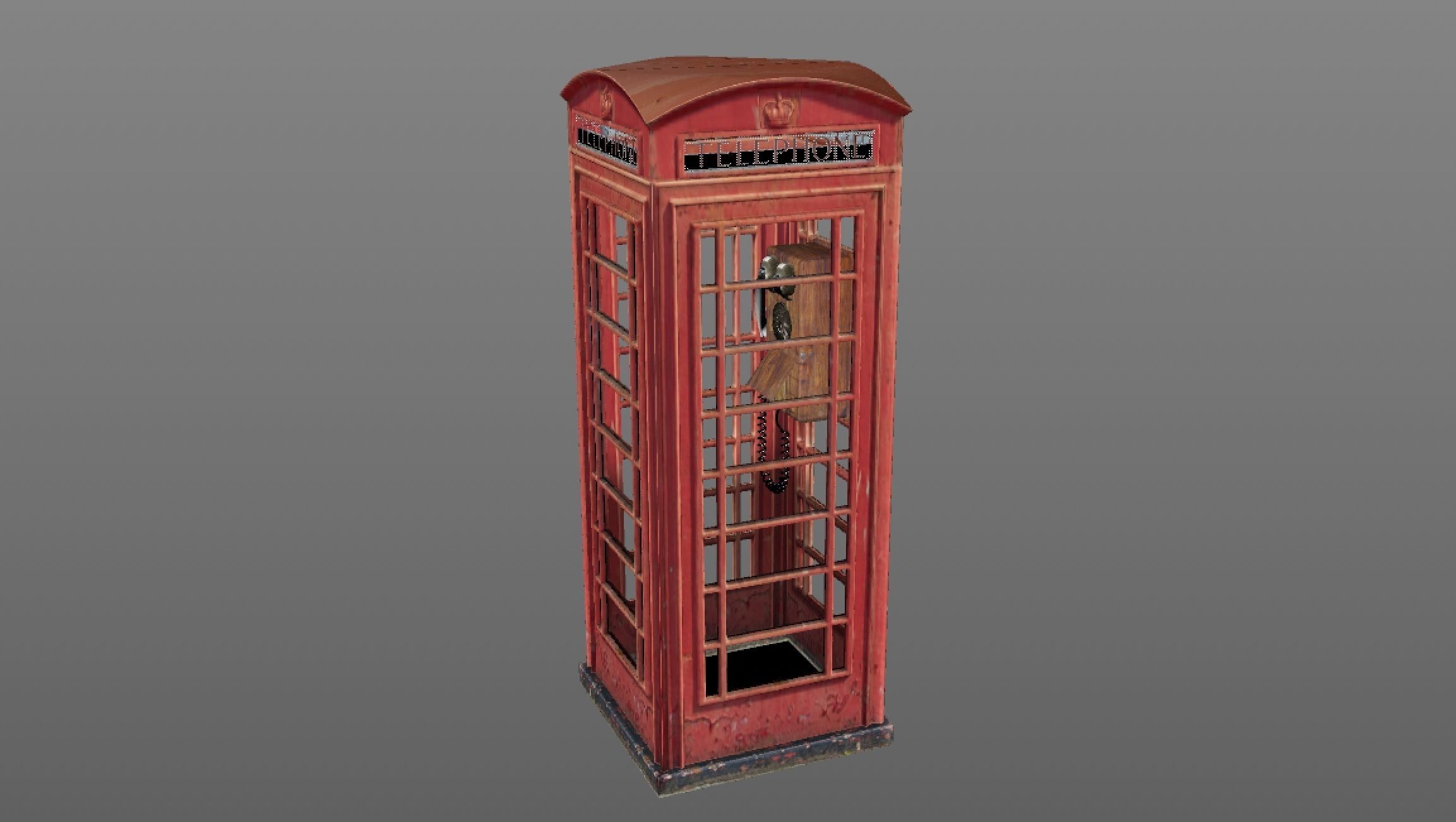
British Telephone Box 3D model
The old English red phone box, commonly known as the British telephone box or the red telephone box, is an iconic symbol of British heritage and culture. Introduced in the 1920s and popularized during the 1930s and 1940s, these telephone boxes became a familiar sight on the streets of the United Kingdom.
Designed by Sir Giles Gilbert Scott, the red telephone box was constructed of cast iron and featured a distinctive domed roof and large rectangular glass panels. The color red was chosen to make them easily visible and recognizable amidst the urban landscape.
Originally intended to house public payphones, these phone boxes played a crucial role in facilitating communication and connecting people. The interior typically contained a telephone apparatus and a small directory for local numbers.
Over time, advancements in technology and the rise of mobile phones rendered many of these phone boxes obsolete. As a result, numerous red telephone boxes have been repurposed or decommissioned, while others have become cherished historical artifacts and tourist attractions.
Despite the decline in their practical use, the red telephone boxes remain symbolic of British culture and are often depicted in movies, television shows, and artwork. Some have been creatively transformed into mini-libraries, coffee shops, and even art installations, preserving their nostalgic charm and serving as a reminder of a bygone era.
In summary, the old English red phone box is an iconic symbol of British culture and communication. Although their practical use has diminished with the advent of mobile technology, these distinctive telephone boxes continue to hold a special place in the hearts of many, representing a bygone era of public telephony and serving as a visual reminder of British heritage.











